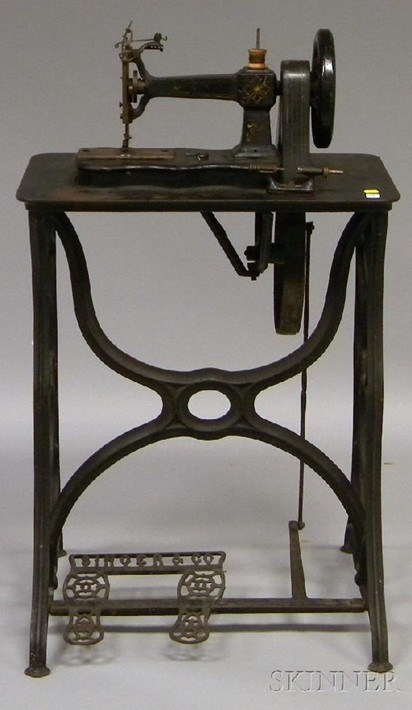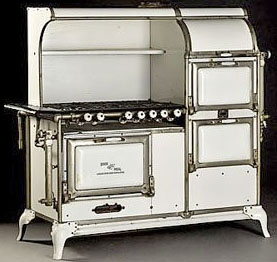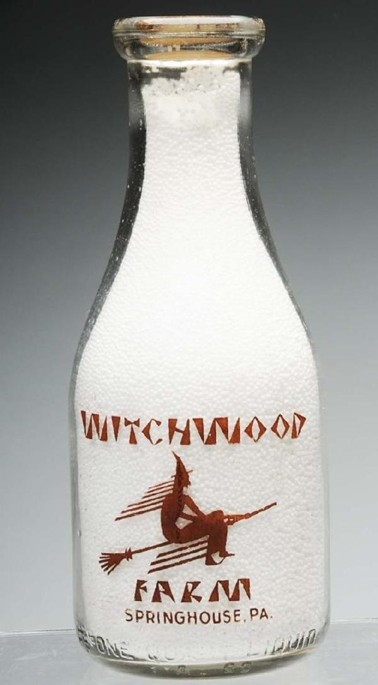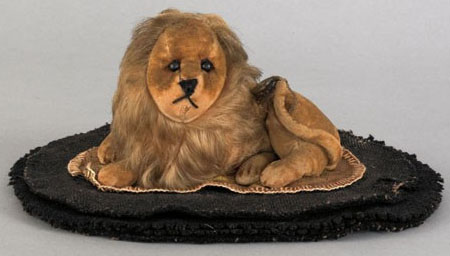
Singer & Co. black-painted and gilt-decorated cast iron treadle-base, belt-driven sewing machine
Singer Sewing Machines-everyone has them, few want to buy them. . . . Since almost everyone wears clothes, the automatic sewing machine may have been one of the most important inventions ever, yet surprisingly few of even the oldest antique models are valuable. Here’s why.
Brief History of the Sewing Machine
There is some disagreement about the first sewing machine. It may have been patented in 1755 by a German inventor or in 1790 in England, in the form of a machine designed to make footwear. Balthaser Krems patented a machine in1810, an Austrian tailor in 1814, and Americans John Dodge and John Knowles in 1818. The thing these sewing machines had in common was that none of them actually worked. It wasn’t until 1830 that a French tailor, Barthelemy Thimonner developed a viable sewing machine that impacted the way clothing was made. Thimonner had a shop full of sewing machines which he used to manufacture uniforms for the French Army, exciting the wrath of fellow tailors who, fearing for their livelihoods, ransacked his shop and destroyed his sewing machines.
Early Sewing Machines by Elias Howe & Isaac Singer
In America, Walter Hunt developed a machine, but Elias Howe, Jr. was first with a workable, although prohibitively expensive model. Howe’s sewing machine worked well but had to be crafted entirely by hand, which put it outside the economic reach of most of its potential customers. Isaac Merrit Singer produced a viable sewing machine by offering an improved version of an existing model that while affordable was subject to regular breakdowns.
American Sewing Machine Manufacturers
By the mid 1850’s, there were dozens of companies in this country making and selling sewing machines, including Grover & Baker Co, the Florence Sewing Machine Co, The American Buttonhole, Overseaming & Sewing Machine Co, Wheeler & Wilson, National, New Home, Graybar, Wilcox & Gibbs, Merrow Machine Co, Davis, and Singer.
Collectible Sewing Machines
For collectors, the value in old sewing machines has most to do with rarity and condition. As the most successful models were produced in factories by the thousands, only the oldest, hard to find, aesthetically pleasing, or models that represent important technological advances are eagerly sought after, and command high prices. While Singer is the most widely recognized manufacturer, its products are the least collectible except for the earliest examples such as the model #1 and the Turtleback, both of which are hard to find. Singer sewing machines, regardless of age and aesthetics, are with a few exceptions, rarely worth more than a few hundred dollars at best. The Singer Featherweight is prized for its functionality rather than its collectability and is still used happily by quiltmakers. Collectors also enjoy a wide variety of manufacturers made mini-versions of their sewing machines.
Reference: Country Living: Innovation and Design: What Is It? What Is It Worth? , by Joe L. Rosson & Helaine Fendelman, c 2007, House of Collectibles.
, by Joe L. Rosson & Helaine Fendelman, c 2007, House of Collectibles.
-by p4A contributing editor Susan Cramer.
To search the Prices4Antiques antiques reference database for valuation information on hundreds of thousands of antiques and fine art visit our homepage www.prices4antiques.com









